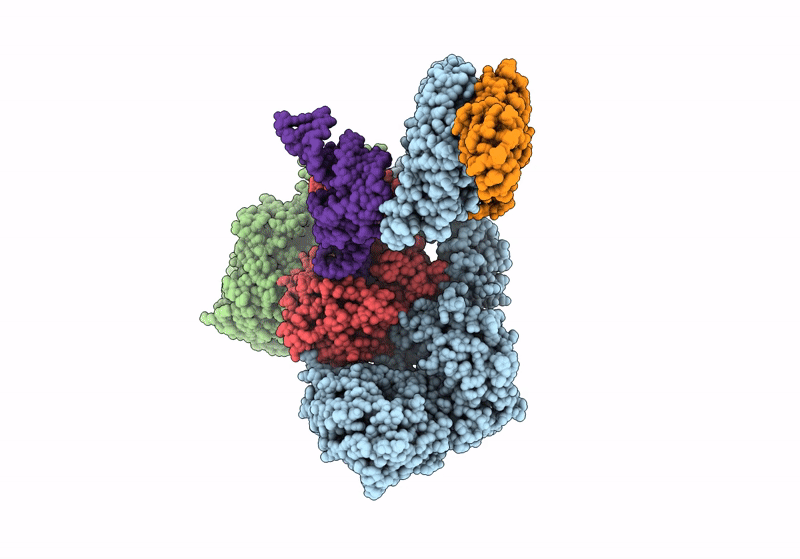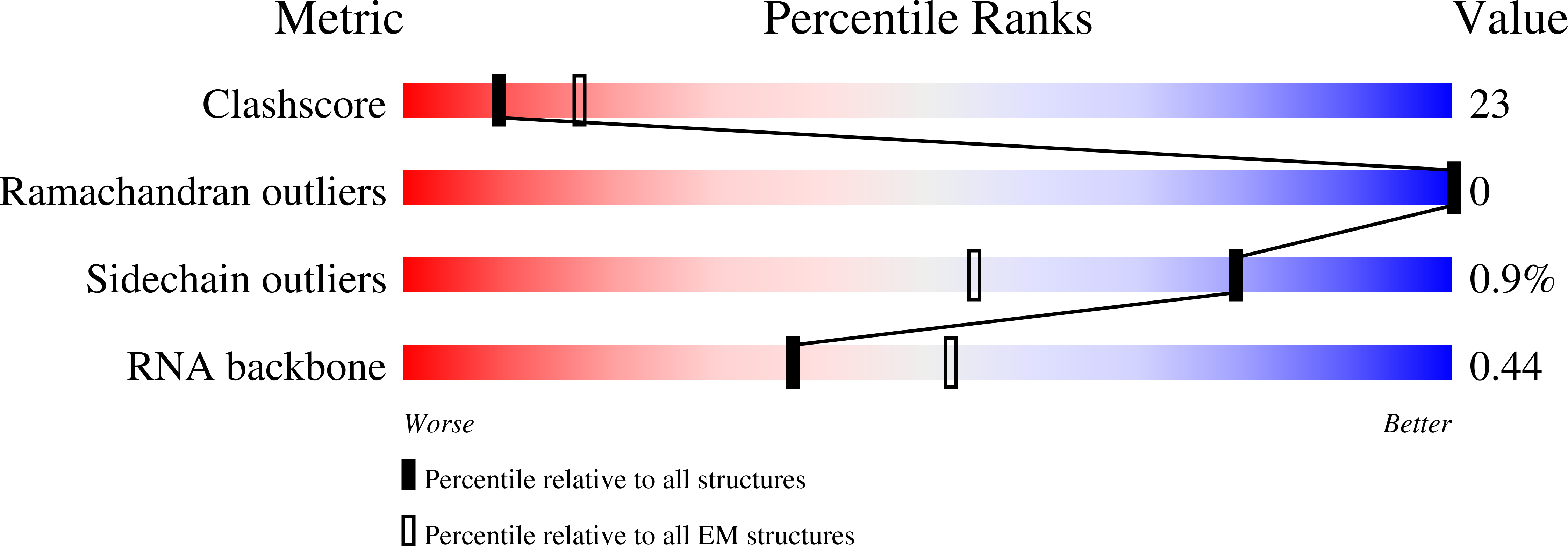
Deposition Date
2023-07-16
Release Date
2024-04-17
Last Version Date
2024-05-22
Entry Detail
PDB ID:
8PU0
Keywords:
Title:
Cryo-EM structure of human Elp123 in complex with tRNA, desulpho-CoA, 5'-deoxyadenosine and methionine
Biological Source:
Source Organism:
Homo sapiens (Taxon ID: 9606)
Host Organism:
Method Details:
Experimental Method:
Resolution:
4.25 Å
Aggregation State:
PARTICLE
Reconstruction Method:
SINGLE PARTICLE


